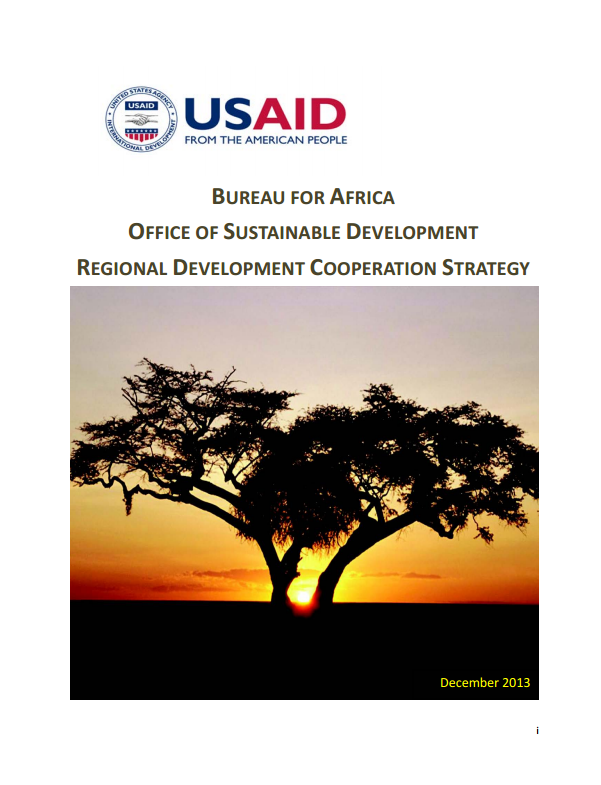Speeches Shim
The U.S. Agency for International Development (USAID) is adopting the goal of “eradicating extreme poverty” as the centerpiece of its strategy going forward.
The U.S. Agency for International Development (USAID) is adopting the goal of “eradicating extreme poverty” as the centerpiece of its strategy going forward. “Since our founding, eliminating extreme poverty and its causes and consequences has been at the center of USAID’s mission to advance U.S. interests and American ideals… The world is coalescing around a goal to end extreme poverty by 2030. By cutting extreme poverty in half since 1990 and achieving MDG1 five years early, there is growing optimism that this remarkable goal may be within reach. With World Bank and United Nations commitments, this goal will likely form the foundation of the Post-2015 development agenda. The U.S. Government’s leadership on this issue will be critical to ensuring global progress, and American ingenuity will be essential to solving some of the most complex development challenges that stand in the way of a world without extreme poverty.”
This ambitious goal is consistent with earlier policy statements of the Administration, including the 2010 Policy Directive on Global Development and the 2012 U.S. Strategy toward Sub-Saharan Africa. The President’s approach to global development addresses the new strategic context designed by the United States based on the following three pillars:
- A policy focused on sustainable development outcomes that places a premium on broad-based economic growth, democratic governance, game-changing innovations, and sustainable systems for meeting basic human needs;
- A new operational model that positions the United States to be a more effective partner and to leverage our leadership; and
- A modern architecture that elevates development and harnesses development capabilities spread across government in support of common objectives.
The 2012 U.S. Strategy toward Sub-Saharan Africa lists three key development pillars:
- 1. Strengthen Democratic Institutions: The new strategy commits the United States to work to advance democracy by strengthening institutions at every level, supporting and building upon the people’s aspirations throughout the continent for more open and accountable governance, promoting human rights and the rule of law, and challenging leaders whose actions threaten the credibility of democratic processes. As the President said in Ghana, “Africa does not need strong men, it needs strong institutions.”
- 2. Spur Economic Growth, Trade, and Investment: Through greater focus, engagement, and the deployment of additional resources, the new strategy commits the United States to work to promote economic growth, including through increased trade and investment in sub-Saharan Africa. The United States will promote an enabling environment for trade and investment, improve economic governance, promote regional integration, expand African capacity to effectively access and benefit from global markets, and encourage U.S. companies to trade with and invest in Africa.
- 3. Promote Opportunity and Development: Nowhere in the world are our development efforts more central to our engagement as they are in Africa. We will continue to focus on sustainable development outcomes and the new operational model for U.S. development assistance outlined in the 2010 Presidential Policy on Global Development
.
Taken together, what do these bedrock policies and strategies mean?
- First, that the United States has a deep national interest in economic development.
- Second, that the central goal of economic development is to eliminate extreme poverty.
- Third, that eliminating poverty depends on a balanced approach that strengthens democratic institutions, spurs economic growth, promotes child survival, ensures food security, combats HIV/AIDS, expands access to renewable energy, and improves education.
A key element of USAID’s approach as stated above is “inviting new ideas and fresh perspectives to development efforts in order to find innovative solutions to our greatest challenges.” This is very consistent with the approach outlined in this strategy.
Read the full report [pdf]


Comment
Make a general inquiry or suggest an improvement.